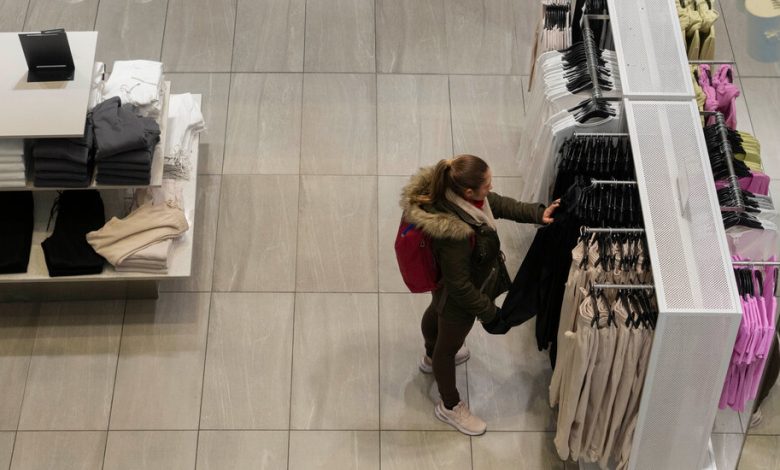A Key Inflation Gauge Hovers Above Fed’s Target

The latest reading of the Federal Reserve’s favorite inflation gauge hovered above the level that officials aim for, evidence that price increases are proving stubborn even after declining notably in 2023.
The Personal Consumption Expenditures inflation measure, which the Fed officially targets as it tries to achieve 2 percent annual inflation, climbed by 2.5 percent in February compared to a year earlier, according to a report released by the Commerce Department on Friday. Economists in a Bloomberg survey had expected an increase of that size, following a rise of 2.4 percent in January.
The closely watched measure that strips out volatile food and fuel prices for a clearer reading of underlying inflation climbed 2.8 percent, in line with what economists had expected for that “core” index and slightly cooler than the previous month.
Those inflation readings are much milder than the highs reached in 2022, when overall inflation peaked at 7.1 percent and core at nearly 5.6 percent. But the latest numbers mark a speed bump after months of deceleration, one that is likely to keep Fed officials wary as they contemplate their next steps on monetary policy.
Central bankers quickly raised interest rates to about 5.3 percent between early 2022 and the middle of last year, and have held them steady at that relatively high level for months in an effort to cool the economy and rein in inflation. Officials are now considering when they can cut rates, but they want to be sure that inflation is on a clear path back to 2 percent before adjusting policy.
Fed officials are weighing two big risks as they consider their next steps. Leaving rates too high for too long could squeeze the economy severely, causing more damage than is necessary. But lowering them too early or by too much could bolster economic activity and make it harder to fully stamp inflation out. If rapid price increases become an embedded feature of the economy, officials worry that it could prove even more difficult to quash them down the road.
As policymakers think about how much more cooling in inflation they need to see before cutting interest rates, they are watching both progress on prices and the momentum in the economy as a whole.
Consumers have been spending strongly, and while there are some signs of cracks under the surface, that continued in February. Friday’s report, which also includes data about consumer spending, showed that consumption climbed 0.8 percent from the previous month, notably stronger than economists’ expectations. Spending was strong even after adjusting for inflation.
The labor market has also remained solid, though job openings have come down after reaching very high levels in 2021 and 2022. Fed officials have suggested that they might view a marked slowdown in hiring — or a jump in unemployment — as a reason to cut rates earlier.
For now, investors expect central bankers to cut interest rates in June after holding them steady at their next meeting, in May.
